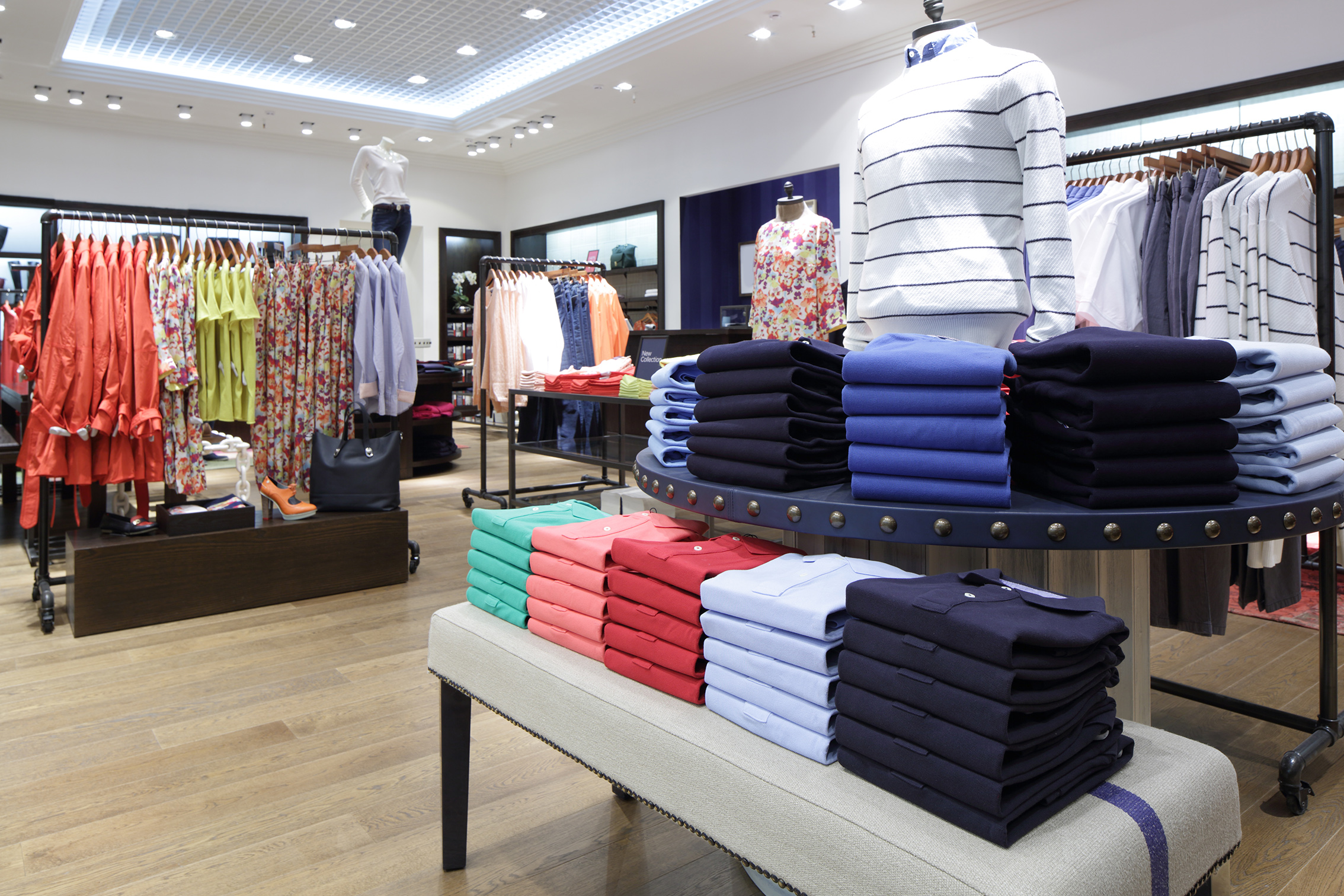With the aim of addressing the root causes of the rampant smuggling of apparel into Iran, a forum was held at Tehran Chamber of Commerce, Industries, Mines and Agriculture on Saturday this week.
As reported by the chamber’s news portal, the TCCIM chief attributed the huge load of illegal apparel imports into the Iranian market to three main reasons: high prices, inattention to current fashion trends and neglect of branding.
Masoud Khansari also believes that until the issue of stabilizing foreign currency rates is not solved, illegal imports will not stop. He stressed that even if the whole country acts like a police, smuggling will not stop.
Khansari added that value added tax is collected from customers in other parts of the world but it is collected from producers in Iran.
The forum attendees cited different figures regarding the size of the domestic market and the rate of smuggling.
Domestic Demand
According to the reports of the Statistical Center of Iran and the Central Bank of Iran, clothing and shoes had a 4.3% share in the Iranian urban and rural household expenditures in the last Iranian year (March 2016-17).
Considering the foreign currency exchange rates last year, the total domestic apparel and shoe demand adds up to $10.5 billion.
Tehran commerce chamber’s data indicate domestic production meets 60% of the demand and in view of the official import figures, illegal apparel imports would stand at $3.57 billion.
However, Research Center of Tehran’s Apparel Union believes Iranian apparel production meets 40% of domestic demand and apparel smuggled into the country is worth over $6.2 billion. Trade Promotion Organization’s figures also confirm the research center’s statistics.
Secretary of the Headquarters to Combat Smuggling of Goods and Foreign Exchange Ali Akbar Pour-Ahmadnejad put domestic demand at $8.1 billion, “of which $5.6 billion are met through legal imports and domestic production”.
“As per the most pessimistic estimate, illegal imports stand at $3 billion,” he said.
Golnar Nasrollahi, director general of the Textile, Apparel and Leather Industry Organization affiliated to the Ministry of Industries, Mining and Trade, said Iran’s annual apparel demand stands at around 510,000 tons per year, while the country’s production capacity is about 300,000-320,000 tons.
Nasrollahi, addressing the same forum, added that there are 1,500 clothing production units and 15,000-16,000 union units in Iran, creating direct jobs for 500,000 people.
She believes domestic producers have a 50-60% share in the Iranian apparel market, noting that the apparel industry’s share in value added has decreased over the years, going down from 19% in the fiscal 1978-9 to 4% now.
“If the target for Iran’s apparel exports is to reach $1 billion, some $3 billion should be invested over the next five years,” she said.
Chairman of the board of directors of Iran Textile Exporters and Manufacturers Association Mehrdad Zakipour said he believes free trade zones are the main channels of apparel smuggling into the country.
“Every hour, five containers, containing contraband apparel, enter the country,” he said. Head of Hormozgan Province’s Anti-Smuggling Police, Colonel Nasser Tavakkoli, recently said over 90% of contraband are confiscated at official points of entry in Iran.
According to the representative of the Association of Iran Textile Industries, Hassan Nilforoushzadeh, domestically-made textile products suffer from high prices, which is partly due to reliance on imports for the supply of raw materials. He added that 11.7% of the end prices pertain to value added tax.
Nilforoushzadeh noted that Iran’s domestic demand for cotton is 150,000 tons per year, while only 40,000 tons are produced domestically and the rest is imported.
“Currently, there is a 10% tariff on cotton imports,” he said.
New Regulations
The Ministry of Industries, Mining and Trade recently introduced new regulations aimed at fighting smuggling in the domestic apparel market.
The ministry has decided that foreign brands willing to sell their products in the Iranian market are required to directly apply for permits to set up sales outlet in Iran without middlemen, Fars News Agency quoted deputy minister of industries, mining and trade, Yadollah Sadeqi, as saying.
The representatives of foreign brands are required to produce 20% of the value of their imports (in rial terms) inside Iran in the first two years of their business activities in the country. After two years, the representatives are obligated to export 50% of the apparel produced domestically.
“Currently, 14 companies have accepted the new regulations and conditions and they’re in the process of registering their representatives,” Sadeqi said.
As per an agreement between the Textile Office of the Ministry of Industries, Mining and Trade and Free Trade Zone Organization, the import of apparel from free trade zones at prices higher than domestic products will face tariffs.
“Earlier, the import of apparel through free trade zone enjoyed a 15% discount; now it has decreased to 2%,” he said.
Sadeqi said the Islamic Republic of Iran Customs Administration is also responsible for stopping the import of goods that are not labeled with identification codes.


